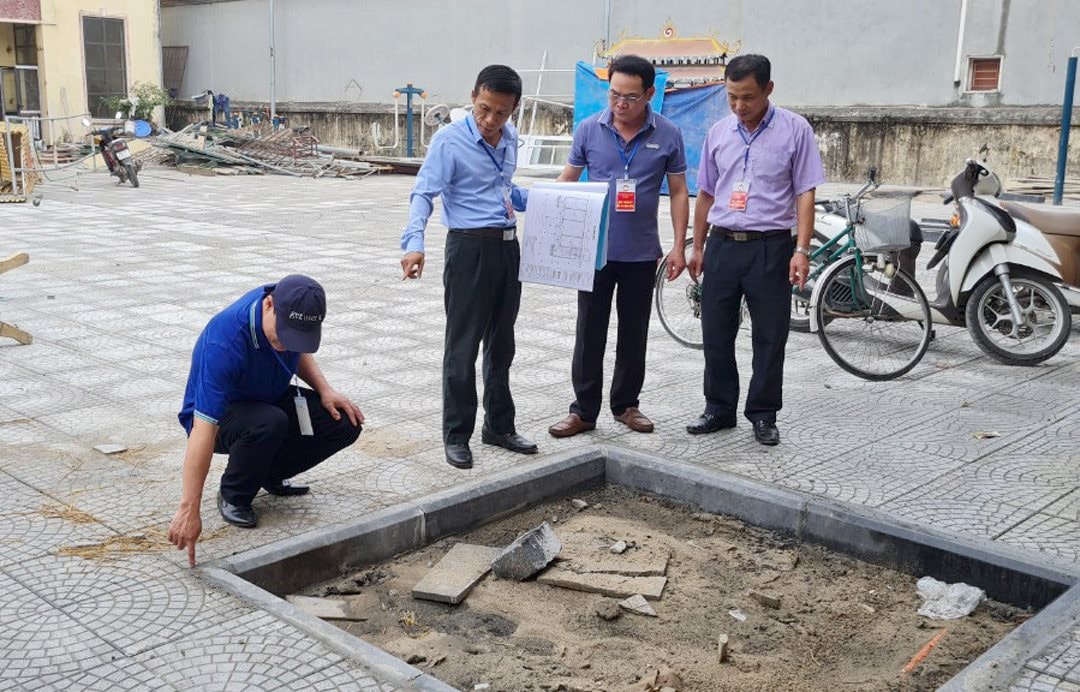
The Ministry of Home Affairs is drafting a Decree regulating staff streamlining to replace Decree No. 29/2023/ND-CP of the Government on staff streamlining. Accordingly, the draft provides policies and regimes for part-time workers in villages and residential groups who quit their jobs when there is a decision on arrangement by competent authorities.
The period of benefit calculation includes the period of not paying social insurance.
According to the draft proposal, the Ministry of Home Affairs proposed that part-time workers in villages and residential groups who have not yet reached retirement age will enjoy the same benefits as those for part-time workers at the commune level who retire immediately upon the implementation of the two-level local government model according to the provisions of the Law on Organization of Local Government, which is being submitted to the National Assembly for consideration and approval.
However, because part-time workers in villages and residential groups are not subject to compulsory social insurance, the working time to calculate the allowance for these cases is calculated to include: Working time with compulsory social insurance; working time in the position of part-time worker in villages and residential groups.
In case part-time workers in villages and residential groups have reached retirement age or are receiving pension or disability benefits, the Ministry proposes to receive a one-time allowance equal to 15 months of the current monthly allowance.
According to the Ministry of Home Affairs, this policy is similar to the policy for part-time workers at the commune level who are of retirement age or are receiving pension or disability benefits.
Specific subsidy regime for each target group
Regarding specific policies, the draft decree stipulates support policies for three groups of non-professional workers in villages and residential groups whose age is lower than the prescribed retirement age.
Firstly, those with less than 5 years of work experience are entitled to a one-time allowance equal to 0.8 times the current monthly allowance multiplied by the number of months of work; the allowance is equal to 1.5 times the current monthly allowance for each year of work.
At the same time, they are also subsidized 3 months of their current monthly allowance to find a job; have their compulsory social insurance payment period reserved or receive a one-time social insurance payment according to the provisions of the law on social insurance.
Second, those who have worked for 5 years or more and are 5 years or younger than retirement age are entitled to a one-time allowance equal to 0.8 times the current monthly allowance multiplied by the number of months of early retirement compared to retirement age; the allowance is equal to 1.5 times the current monthly allowance for each year of work.
This group is also subsidized with 3 months of current monthly allowance to find a job and reserve the compulsory social insurance payment period or receive a one-time social insurance payment according to the provisions of the law on social insurance.
For those who have worked for 5 years or more and are 5 years or younger than retirement age, they will receive a one-time allowance equal to 0.8 times the current monthly allowance multiplied by 60 months; the allowance is 1.5 times the current monthly allowance for each year of work.
The above subjects are also subsidized 3 months of current monthly allowance to find a job and reserve the compulsory social insurance payment period or receive a one-time social insurance payment according to the provisions of the law on social insurance.
In addition to the group of people retiring before the prescribed age, the draft decree also stipulates that part-time workers in villages and residential groups who are of retirement age or are receiving pension or disability benefits are entitled to a one-time allowance equal to 15 months of their current monthly allowance./.
The Government 's Steering Committee's official dispatch on the arrangement of administrative units at all levels and the construction of a two-level local government organization model has directed to continue to identify villages and residential groups as self-governing organizations of residential communities, not administrative levels.
For now, the existing villages and residential groups will be kept intact. After completing the arrangement of administrative units at all levels, the Government will assign the Ministry of Home Affairs to study and provide guidance under the direction of competent authorities on the arrangement and reorganization of villages and residential groups in a streamlined manner, directly serving the lives of the local community.
By the end of 2021, the country had 90,508 villages and residential groups. Of these, there were 69,580 villages and 20,928 residential groups.
Source: https://hanoimoi.vn/nguoi-hoat-dong-khong-chuyen-trach-o-thon-to-dan-pho-nghi-viec-se-duoc-tro-cap-704001.html


![[Photo] Prime Minister Pham Minh Chinh attends the opening ceremony of the National Law Portal](https://vphoto.vietnam.vn/thumb/1200x675/vietnam/resource/IMAGE/2025/5/31/f02ed6288a4340bdb4adf1b2149b9614)

![[Photo] Emotional and proud flag-raising ceremony and military review on Truong Sa island](https://vphoto.vietnam.vn/thumb/1200x675/vietnam/resource/IMAGE/2025/5/31/9b52525fce6f433083cd0a5bfee59f49)
![[Photo] Launching ceremony and drawing of pairs for the "9th TIM CUP Highland Charity Football Tournament"](https://vphoto.vietnam.vn/thumb/1200x675/vietnam/resource/IMAGE/2025/5/31/a4c145af5d1e48c5b48c95116d41a73c)












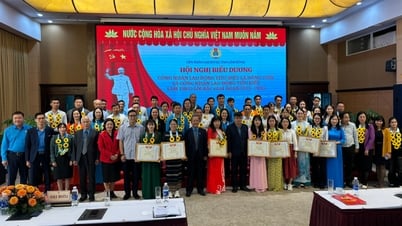








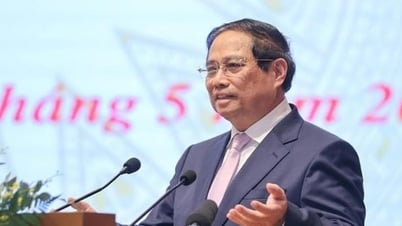
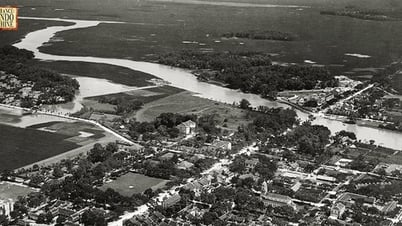


































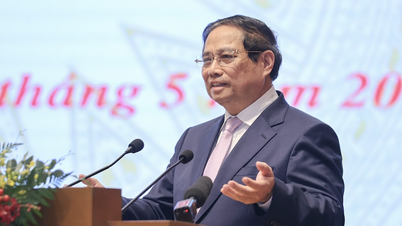











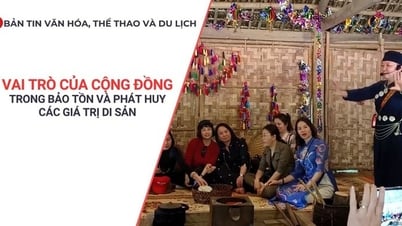





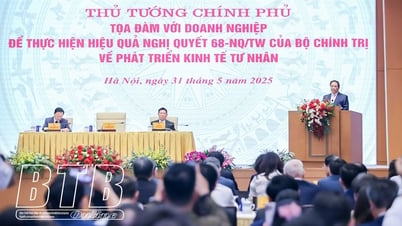















Comment (0)